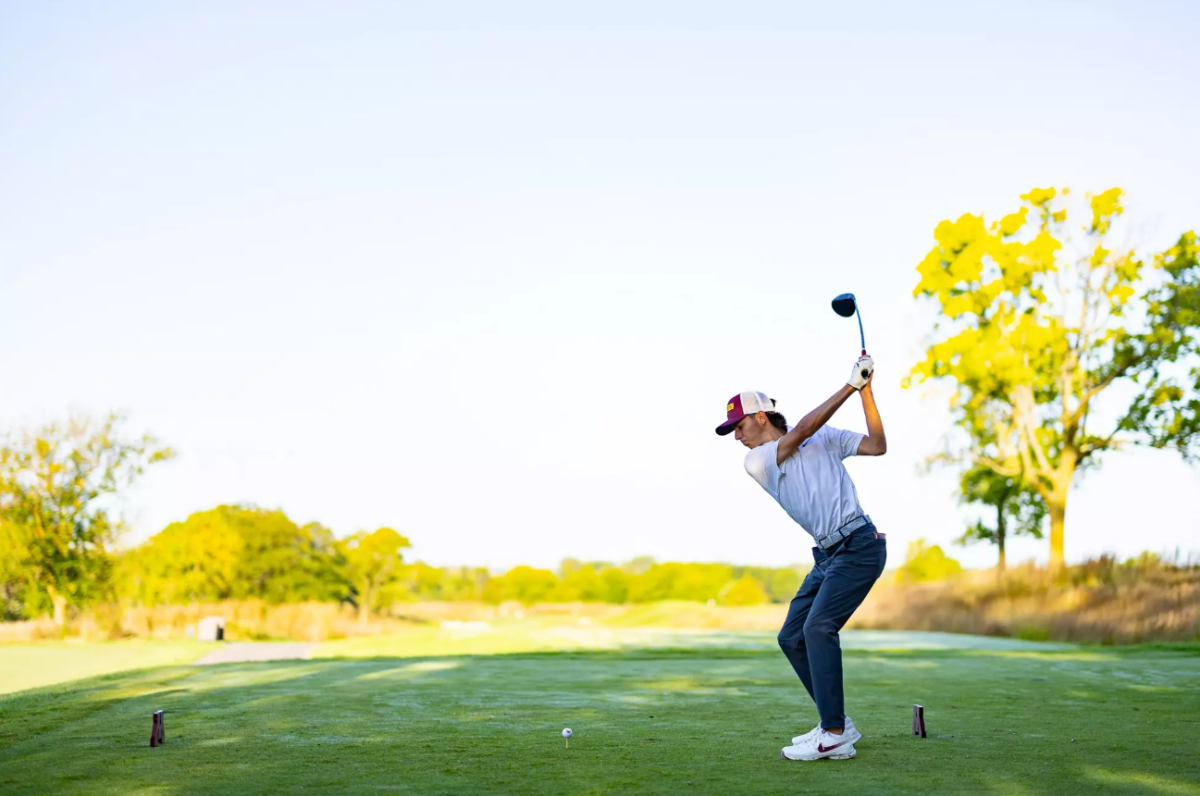Lacrosse isn’t just an East Coast thing anymore. It’s all grown up with bags packed, firmly planted in the Midwest.
Minnesota is one of 14 states with at least 10,000 participants at the youth lacrosse level as of 2015, according to US Lacrosse. This kind of participation is forcing universities across the country to ask themselves if their club teams should turn into NCAA Division I teams. That’s the exact situation Minnesota has found itself in for years.
“I feel we should be [Division I],” said Minnesota club men’s lacrosse head coach Rich Limpert. “The support locally and statewide of both men’s and women’s lacrosse is growing, and we’re one of the fastest growing population of lacrosse playing people in the nation.”
That local support can be seen from everywhere in Minnesota, including Cydne Washington, a parent of a senior lacrosse player at The Blake School.
“I’ve gone from player, to referee, to coach, to parent,” Washington said. “I think Minnesota is at that beautifully ripe place where the sport has the potential to impact not only people who grew up with it here, but also other young people who are going out to the rest of the world.”

While lacrosse may have massive potential, there is a reason the Gophers haven’t got what they wanted yet, and it all boils down to two main factors, according to Limpert.
“It really becomes an issue with Title IX and money, or a combination of the two,” Limpert said.
In May, Gophers athletics director Mark Coyle said the school was not having any discussions about making lacrosse a Division I sport at the University.
The women’s lacrosse team at the University finished runner-up in the 2016 Women’s Collegiate Lacrosse Association national championship game and have been producing All-Americans alongside top team performances for years in the largest club league in the United States.
“We’ve done a lot of organizational things behind the scenes for fundraising,” Limpert said. “We’ve even gone as far as looking at facilities right around campus so we can start going on our own.”
Though a club sport, the student athletes for lacrosse wake up for 6 a.m. practices to put everything they have onto the field. Outside of a few players, most of them aren’t receiving scholarships, Limpert said. The players are driven simply by their love for the sport, he said.
“Becoming a [Division I] team is a very reachable and its something we can strive for,” said Jake Carter, a player on the University’s club lacrosse team. “It’s a way to separate ourselves from the other club teams.”
At this point, Limpert feels as though lacrosse’s rapid rise throughout the U.S. is simply unavoidable.
“As coaching develops and depth of programs develops, it’s going to happen,” Limpert said. “This club team is unlike any other. It’s top notch. It looks and feels like a NCAA Division I program if you look at teams like Georgia Tech, Arizona State, BYU, what we’re doing here at the U.”








